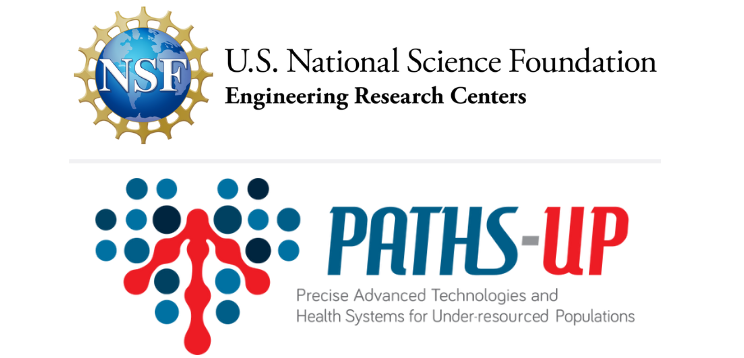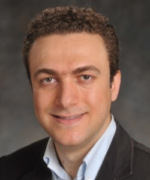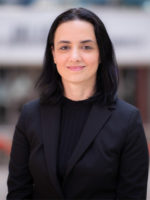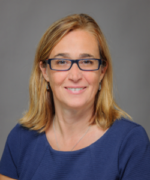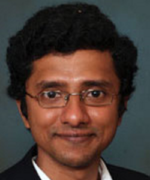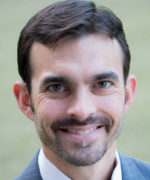Mobile Computational Imaging and Spectroscopy Systems
Thrust Leads
Goals: Thrust 2 is developing low-cost and compact read-out devices to diagnose cardiovascular diseases (CVDs) and diabetes at the point-of-care settings. To reduce the size and cost of the current lab systems and benchtop readers, we employ recent advances in multi-modal spectroscopy, multi-modal computational imaging as well as the ability to design inexpensive and high-functioning optical components. We are going to apply platforms developed within Thrust 2 to read out the signals from sensors and assays developed by Thrust 1, enabling various Lab in your Palm and Lab on your Wrist platforms. These technologies will find applications in CVD and diabetes testing and can be broadly used for other biomedical diagnostics and sensing needs.
Project 2.1: Design and validation of mobile and cost-effective multi-modal computational imagers, sensors and spectroscopy tools for lab in a palm related platforms
This project consists of four tasks focused on the parallel development of (1) multi-channel imager/sensor design for cardiac markers, (2) multi-modal handheld Raman and fluorescence system, (3) photonic chips for miniaturized Raman and infrared spectrometers, and (4) Lab in your Palm agglutination flow assay reader.
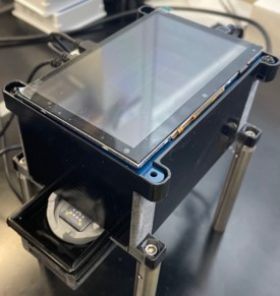
Raspberry Pi-based Reader
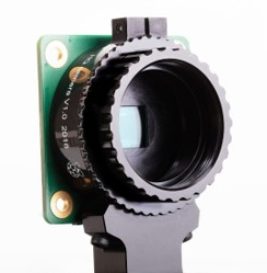
High Quality Camera
THRUST 2.1 RESEARCH HIGHLIGHTS
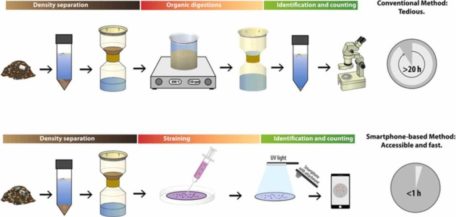
Journal of Hazardous Materials Letters (2022)
Jamie Leonard, Hatice Ceylan Koydemir, Vera S. Koutnik, Derek Tseng, Aydogan Ozcan, Sanjay K Mohanty
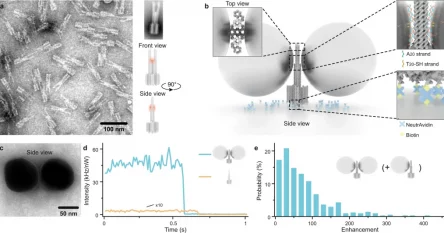
Nature Communications (2021)
Kateryna Trofymchuk, Viktorija Glembockyte, Lennart Grabenhorst, Florian Steiner, Carolin Vietz, Cindy Close, Martina Pfeiffer, Lars Richter, Max L. Schütte, Florian Selbach, Renukka Yaadav, Jonas Zähringer, Qingshan Wei, Aydogan Ozcan, Birka Lalkens, Guillermo P. Acuna & Philip Tinnefeld
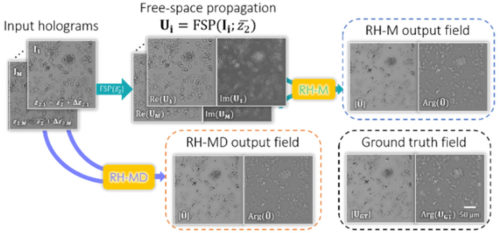
ACS Photonics (2021)
Luzhe Huang, Tairan Liu, Xilin Yang, Yi Luo, Yair Rivenson, and Aydogan Ozcan
Project 2.2: Design and validation of wearable computational sensor designs for lab on a wrist, Lab on a Wrist platform
This project includes four tasks focused on the parallel development of (1) a lens-based phosphorescence lifetime reader, (2) 3D phantoms mimicking the optical properties of biological tissue, (3) a lens-less, contact-based phosphorescence lifetime imager, (4) miniaturized optical systems for wearable integration. All these tasks are intended for the creation of a wearable phosphorescence lifetime reader to enable the read-out of the signal provided by the subcutaneous glucose sensors being developed by Thrust 1.
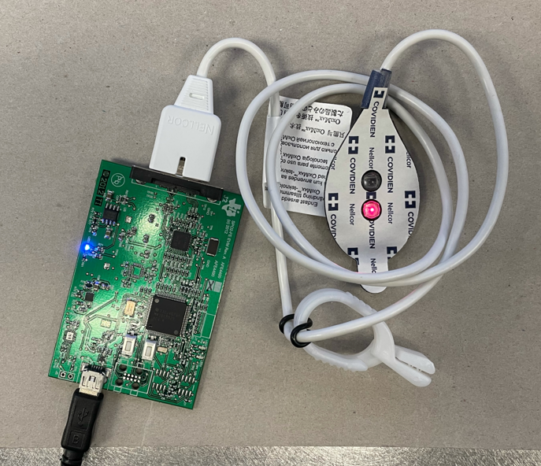
THRUST 2.2 RESEARCH HIGHLIGHTS
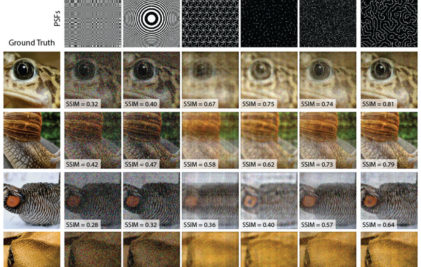
IEEE Transactions on Pattern Analysis and Machine Intelligence (2020)
Vivek Boominathan, Jesse K. Adams, Jacob T. Robinson, and Ashok Veeraraghavan
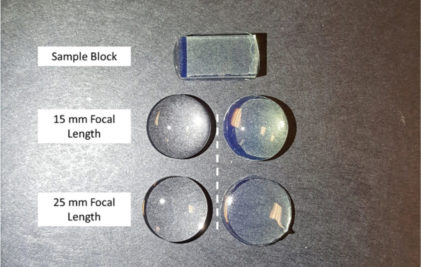
Optics Express (2019)
Gregory D. Berglund and Tomasz S. Tkaczyk

Technical Digest Series ( 2021)
Gregory D. Berglund, Tomasz S Tkaczyk
